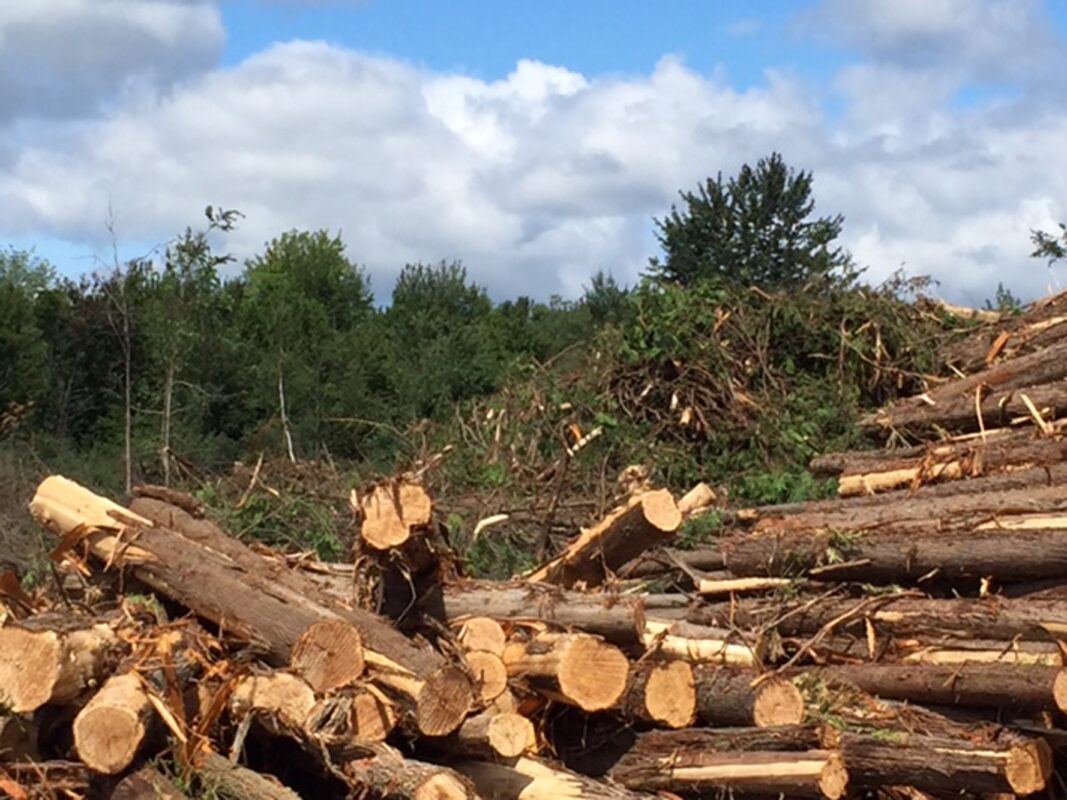
On January 18, 2010, as a private citizen, City of Ottawa water resources engineer Darlene Conway wrote to the Ontario Minister of the Environment and various MOE and other Provincial officials to document her concerns about the so-called “model of record” that is being employed in the ongoing infrastructure planning for development in and around Kanata West.
That model is one outcome of the Third Party Review that was a response to the doubts that had arisen about development in the Carp River flood plain and plans to restore the Carp River to a healthy state.
Darlene’s report focuses on just one aspect of the model, the setting of “roughness” parameters. She concludes that the parameters are set at inappropriate levels and that, if more representative levels are used instead, the resulting predicted flood water levels are quite different from those shown in the model of record. Revised results suggest that certain locations would see flood water up to 38 cm higher than under current conditions. “In summary”, she concludes, “it is my professional opinion that these findings seriously undermine the [Third Party Review] model of record: future flood levels were underestimated in many locations and the recommended [Storm Water Management] criteria are not defensible”.
She has been told that the model of record is being revised but that hasn’t stopped the City from adopting an Official Plan Amendment regarding the Fernbank lands, based on the model that Darlene examined and criticizes. (More about that OPA below.)
One part of the restoration plan for the Carp River in its urban reach is that vegetation of its banks and the floodplain would be increased, thus increasing the “roughness” of the surface over which flood waters flow. Instead, Darlene found that the model assigns significantly lower roughness values under future conditions in many locations, compared to the existing state of the flood plain and channel.
Around certain bridge structures, however, the roughness parameters were set at higher levels than under existing conditions — some at values “reflective of a floodplain with stands of timber”.
The net effect of these settings in the model of record is that the projected flood water levels within the Kanata West area are significantly lowered in many locations.
This manipulation of the modeling for Kanata West and the Carp River is just the latest in the string of weaknesses that have been pointed out by the Carp Civer Coalition’s 2006 Part II Order Request and by the 2008 report of the City’s Auditor General. These include the lack of calibration with field data (such data are only now being collected; a recommendation to do so was made as early as 2004) and the reliance on “adaptive management”. The Part II Order Requests by the Coalition and others ultimately led, in July 2008, to a Minister’s Order that imposes a list of conditions before projects for Kanata West will be approved.
Darlene’s conclusions are crystal clear but her 7-page letter and appended material are in places quite technical — an engineer talking to engineers. Here is what she sent:
+ The letter (7 pages)
+ Attachment: An OMB Decision of January 14, 2010
+ Figure 1: Text and illustrations from Mississippi Valley Conservation
+ Table 1: Her key results (existing, projected and revised flood levels)
+ Figure 2 (3.5 MB): A map showing the cross-sections studied in the model
+ Appendix: A more detailed discussion of her results
+ Appendix tables: Table A1 Table A2 Table A3 Table A4
Erwin Dreessen
25 January 2010 [edited 16Feb2020]
P.S.: Yesterday, Darlene Conway sent a follow-up letter to Provincial officials, putting specific questions to each Ministry.
Darlene is no stranger to attempts to see the right thing done on the Kanata West/Carp River file. See, on this web site, her initial commentary upon release of the Third Party Review report; comments on the Auditor General’s report; response to a memo from MVC’s John Price; and testimony at an OMB hearing regarding Trinity lands.
See also an article by Kate Jaimet about Darlene’s letter in the Ottawa Citizen of January 25, 2010.
Updated — 3 March 2010
Greenland’s response and Conway’s reply
On behalf of the City, Greenland Engineering sent a response (4 pp. plus a large attachment – 541 KB), dated 17 February 2010.
In turn, Darlene Conway replied on 2 March, in an attachment extensively annotating Greenland’s response (341 KB).
